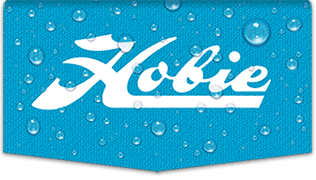|
All times are UTC - 8 hours [ DST ] |
 
|
Page 1 of 1 |
[ 14 posts ] |
|
| Author | Message | ||||
|---|---|---|---|---|---|
| vetgam |
|
||||
Joined: Sat Jan 14, 2012 8:24 pm Posts: 780 Location: Houston, TX |
|
||||
| Top | |
||||
| tonystott |
|
||||
Joined: Sat Nov 05, 2011 1:58 am Posts: 2893 Location: Forster, NSW, Australia |
|
||||
| Top | |
||||
| vetgam |
|
||||
Joined: Sat Jan 14, 2012 8:24 pm Posts: 780 Location: Houston, TX |
|
||||
| Top | |
||||
| chadbach |
|
||||
Joined: Fri Oct 24, 2014 2:13 pm Posts: 161 Location: San Antonio, TX |
|
||||
| Top | |
||||
| tonystott |
|
||||
Joined: Sat Nov 05, 2011 1:58 am Posts: 2893 Location: Forster, NSW, Australia |
|
||||
| Top | |
||||
| vetgam |
|
||||
Joined: Sat Jan 14, 2012 8:24 pm Posts: 780 Location: Houston, TX |
|
||||
| Top | |
||||
| tonystott |
|
||||
Joined: Sat Nov 05, 2011 1:58 am Posts: 2893 Location: Forster, NSW, Australia |
|
||||
| Top | |
||||
| Chekika |
|
||||
Joined: Tue Jun 19, 2007 6:14 pm Posts: 3323 Location: South Florida |
|
||||
| Top | |
||||
| vetgam |
|
||||
Joined: Sat Jan 14, 2012 8:24 pm Posts: 780 Location: Houston, TX |
|
||||
| Top | |
||||
| Chekika |
|
||||
Joined: Tue Jun 19, 2007 6:14 pm Posts: 3323 Location: South Florida |
|
||||
| Top | |
||||
| hawk232 |
|
||||
Joined: Tue Nov 03, 2015 8:19 pm Posts: 98 Location: Crystal River, FL |
|
||||
| Top | |
||||
| vetgam |
|
||||
Joined: Sat Jan 14, 2012 8:24 pm Posts: 780 Location: Houston, TX |
|
||||
| Top | |
||||
| hawk232 |
|
||||
Joined: Tue Nov 03, 2015 8:19 pm Posts: 98 Location: Crystal River, FL |
|
||||
| Top | |
||||
| tonystott |
|
||||
Joined: Sat Nov 05, 2011 1:58 am Posts: 2893 Location: Forster, NSW, Australia |
|
||||
| Top | |
||||
 
|
Page 1 of 1 |
[ 14 posts ] |
|
All times are UTC - 8 hours [ DST ] |
Who is online |
Users browsing this forum: No registered users and 2 guests |
| You cannot post new topics in this forum You cannot reply to topics in this forum You cannot edit your posts in this forum You cannot delete your posts in this forum |


